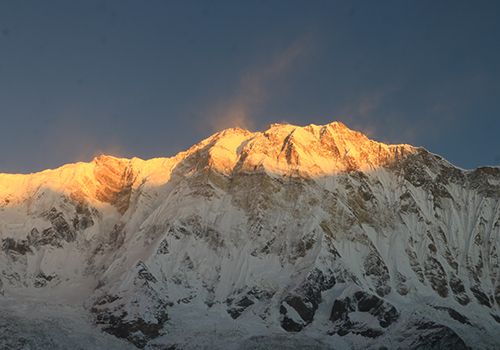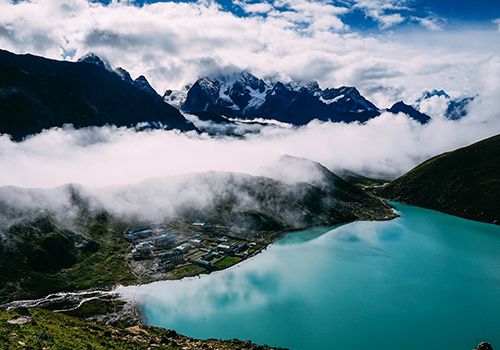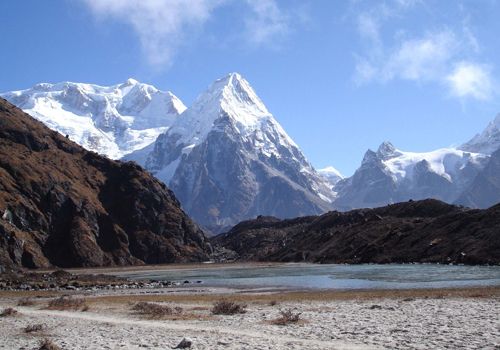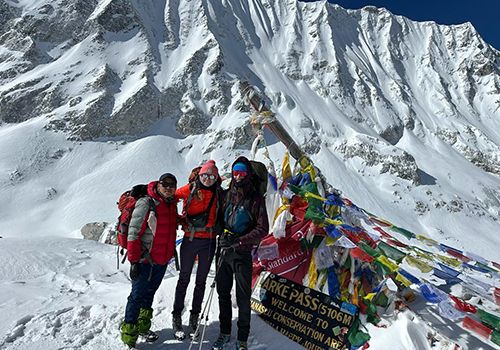Peak Climbing – Nepal

Lobuche East
6,090M
A thrilling journey in the shadow of the great Everest. Lobuche is an iconic and rewarding challenge, perfect for technical training in the heart of Sherpa culture.

Yala Peak
5,520m
Start your mountaineering journey on this non-technical summit – a beginner-friendly climb to cap off the stunning Langtang Valley.

Island Peak (Imja Tse)
6,165m
One of the most popular 6000ers and an introduction to the path of climbing Everest.

Mera Peak
6,476M
An unforgettable ascent to Nepal’s highest trekking peak without technical climbing skills.



